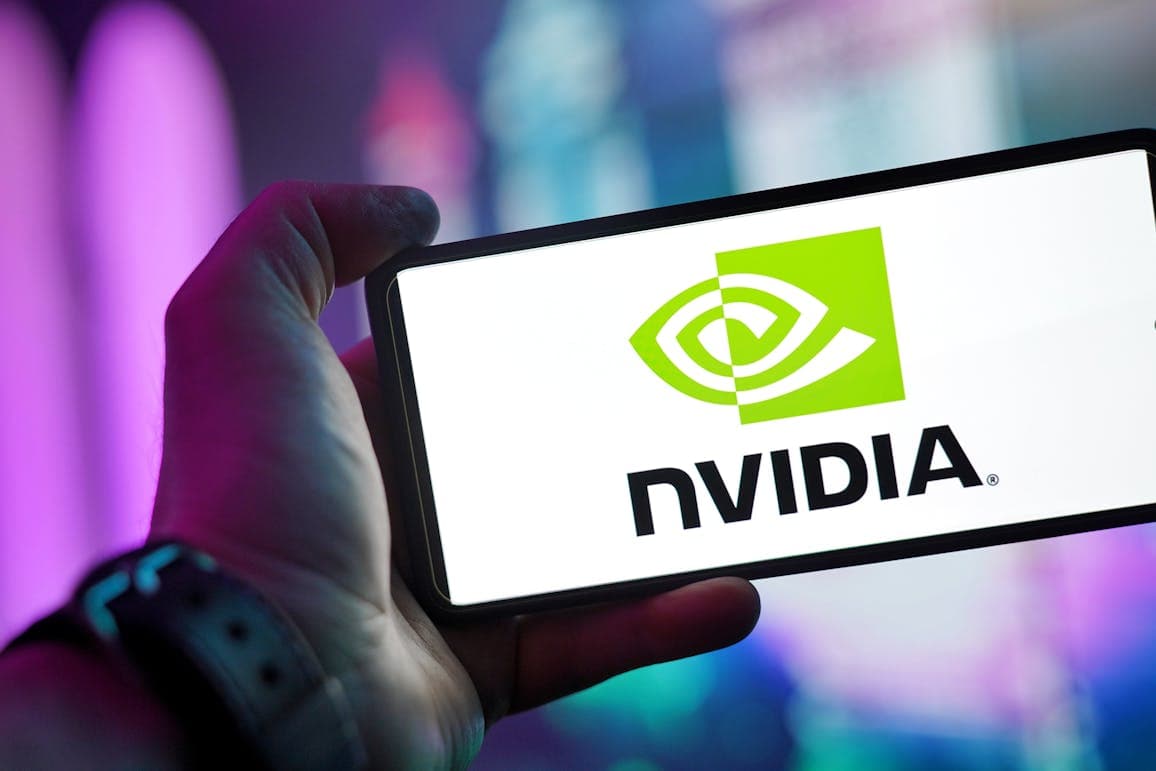TechJuice
4w
400

Image Credit: TechJuice
Nvidia & HP Join Hands To Build New Supercomputer In Germany
- Nvidia and Hewlett-Packard Enterprise (HPE) are partnering with the Leibniz Supercomputing Centre in Germany to build a new supercomputer named Blue Lion.
- The collaboration aims to advance scientific research in Europe with Blue Lion powered by Nvidia’s next-generation Vera Rubin chips.
- The system combines Nvidia’s new Rubin GPU with Vera, its custom-built CPU, to blend simulation, data processing, and AI seamlessly.
- HPE will use its Cray technology for building Blue Lion, including high-performance storage and interconnect systems.
- The supercomputer will also feature HPE’s fanless direct liquid-cooling system using warm water for efficient cooling.
- Heat generated by the system will be reused to warm nearby buildings, enhancing energy efficiency.
- Blue Lion is expected to deliver 30 times more computing power than LRZ’s current high-performance computer, SuperMUC-NG.
- The supercomputer is aimed at researchers working on areas such as climate research, turbulence studies, physics research, and machine learning.
- Scientists across Europe are set to access Blue Lion in early 2027, part of a European strategy to compete in supercomputing.
- The collaboration signifies a major advancement in enhancing research capabilities and technological infrastructure.
- The partnership between Nvidia, HPE, and LRZ highlights the importance of innovation and collaboration in advancing scientific exploration.
- This project is aligned with broader European efforts to stay competitive in supercomputing against the United States.
- The Blue Lion supercomputer is a crucial step toward enhancing computational capabilities and supporting groundbreaking research.
- The system's integration of cutting-edge GPU and CPU technologies underlines a significant leap in high-performance computing.
- Blue Lion's energy-efficient design and heat reuse system demonstrate a commitment to sustainable computing practices.
- The project aims to empower researchers with advanced computational resources to drive discoveries across a range of scientific disciplines.
Read Full Article
24 Likes
For uninterrupted reading, download the app